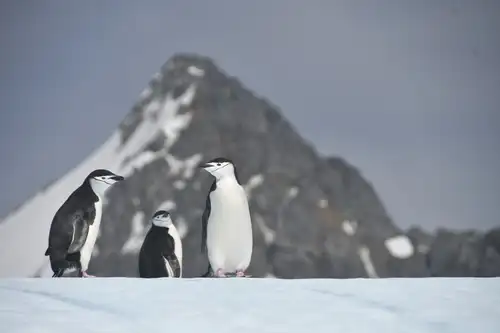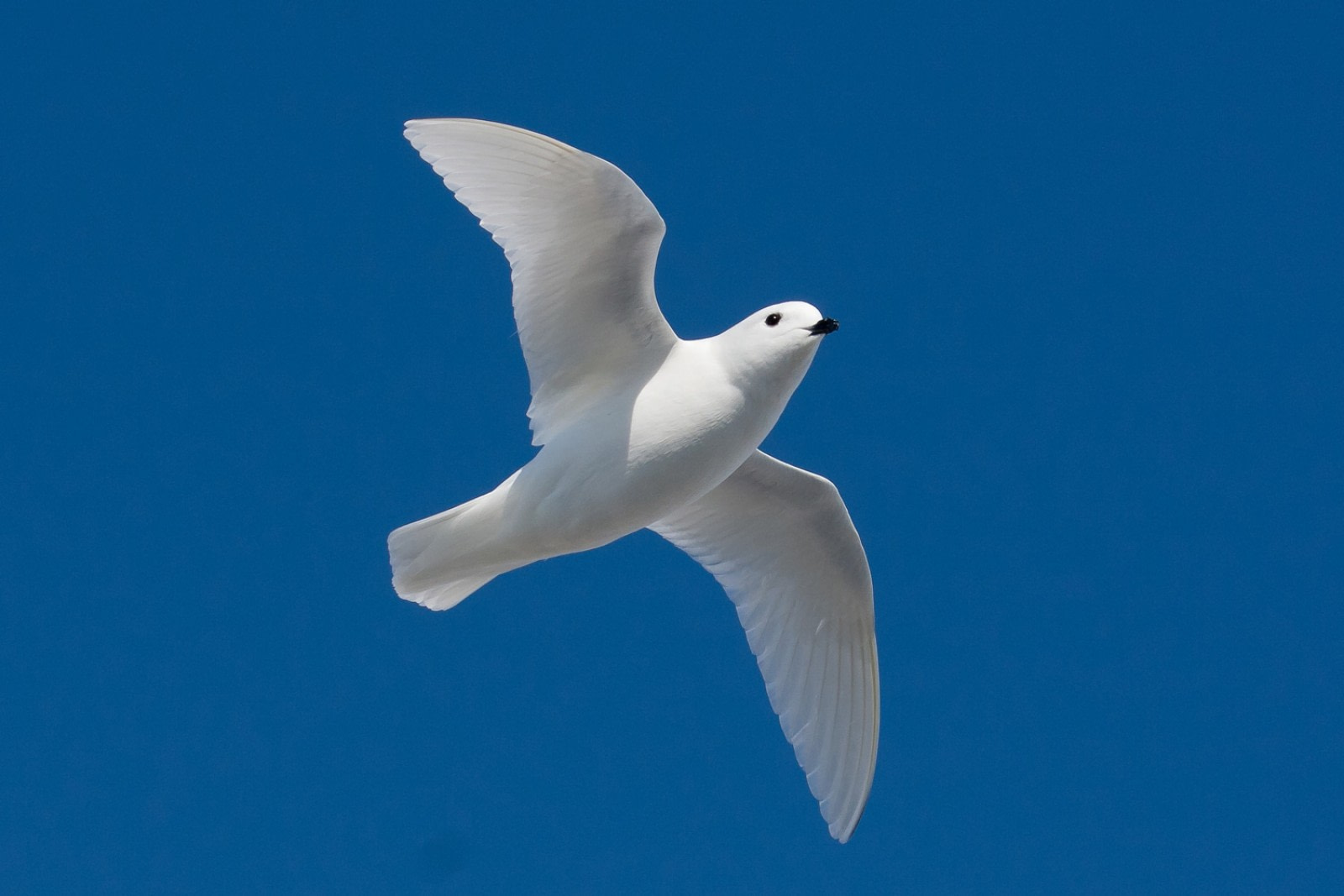Name: Snow petrel (Pagodroma nivea)
Length: 35 to 40 cm
Weight: 250 to 450 gram
Location: Antarctica
Conservation status: Least concern
Diet: Fish, cephalopods, mollusks, krill, carrion
Appearance: White with black eyes, bill, and blue-grey feet
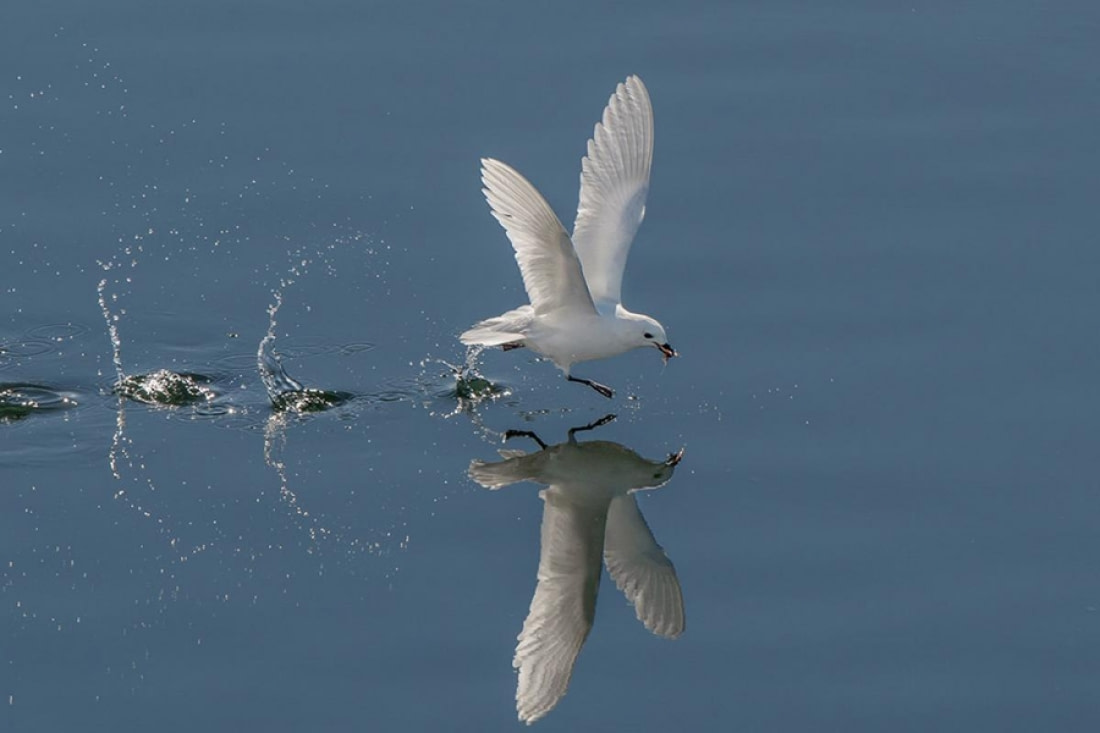
How do snow petrels feed?
Snow petrels fish near the surface, using shallow dives for pursuit.
Are snow petrels social?
Snow petrels form breeding colonies and gather on ice floes in flocks of hundreds, but not in the thousands or millions like some birds.
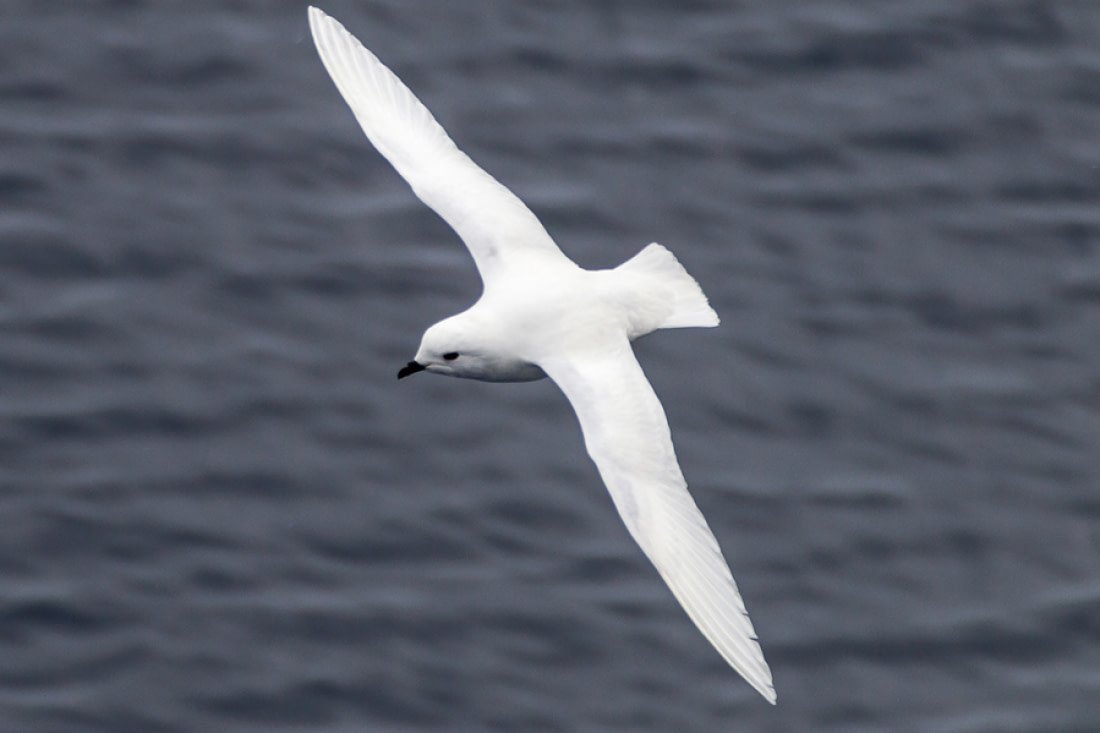
How fast do snow petrels fly?
They can fly up to 40 km per hour.
What are snow petrel birthing rituals like?
Breeding colonies are on cliffs, mostly near the coast. Birds arrive between mid-December and early November. Females choose males based on aerial acrobatics. Pairs stay together for life, nesting in rock crevices. One egg is laid in early December, incubated for 40-50 days. Chicks are brooded for a week and fledge from late February to mid-May.
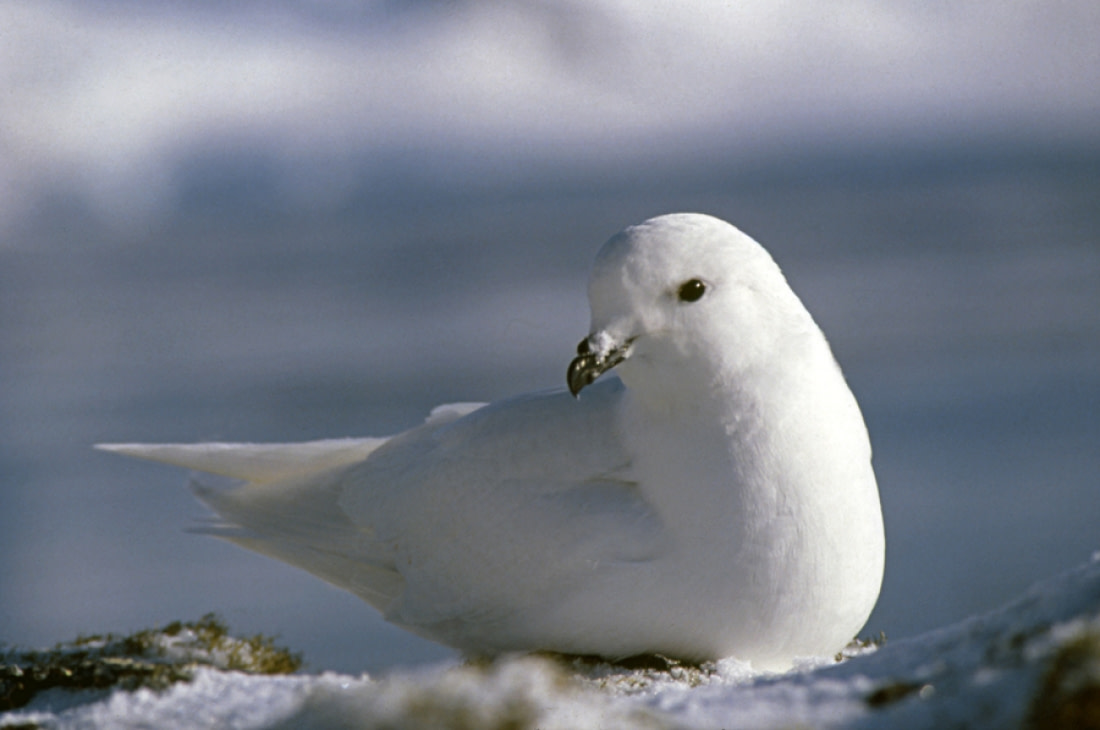
How long do snow petrels live?
They live up to 20 years in the wild.
How many snow petrels are there today?
There are over 4 million snow petrels.
Do snow petrels have any natural predators?
Skuas prey on snow petrel chicks and eggs.
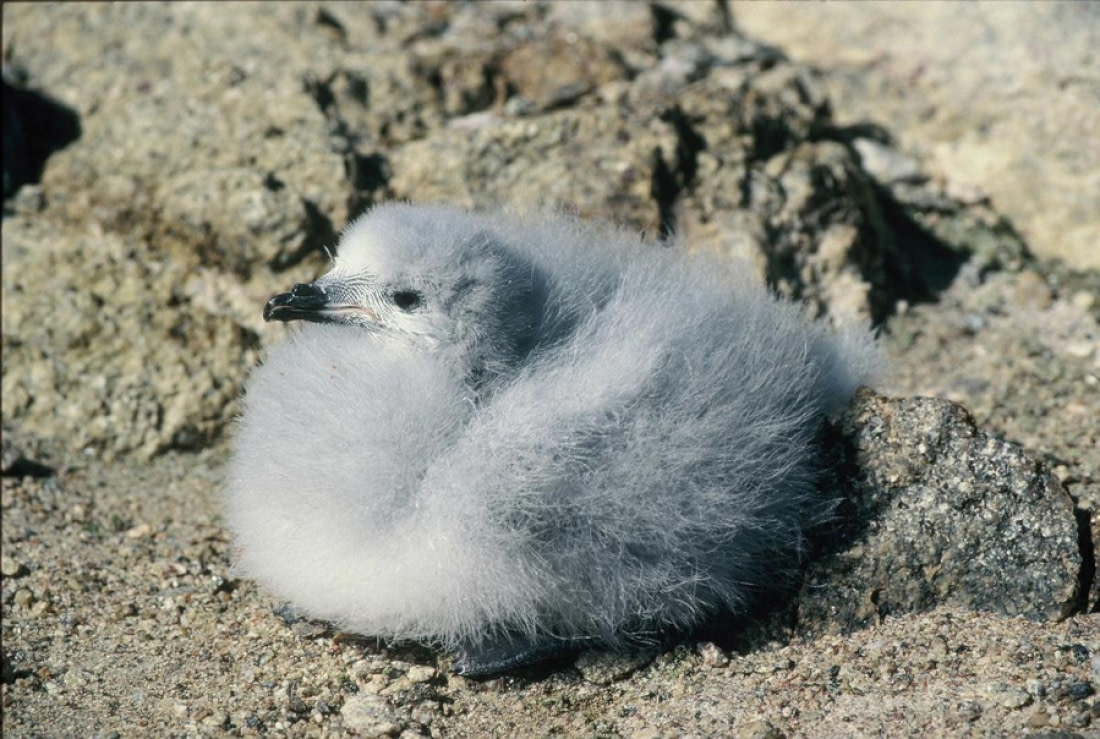
7 super snow petrel facts
1. Snow petrels are the only members of the Pagodroma genus.
2. They are one of three bird species that breed only in Antarctica.
3. They have the southern-most breeding distribution of all birds.
4. Snow petrels produce stomach oil for feeding and defense.
5. They have a gland that excretes saline to balance salt intake.
6. There are two subspecies:
- Pagodroma nivea nivea - Breeds on the Antarctic Peninsula, Scotia Archipelago, and South Georgia Islands.
- Pagodroma nivea confusa - Breeds on the Géologie Archipelago and South Sandwich Islands.
7. The name "petrel" comes from Peter the Apostle, referring to their water "running" takeoff. Pagodroma means "ice runner" in Greek, and nivea means "snowy" in Latin.

The Classic Polar Cruise: Antarctic Peninsula Facts, Pics, and More
